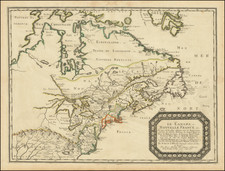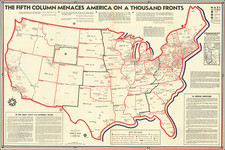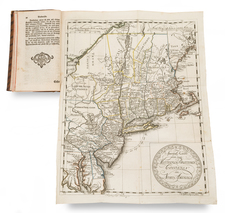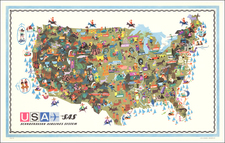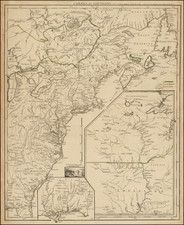Urban Markets and Retail Sales, a wall map produced in collaboration between Outdoor Advertising Incorporated and the American Map Company, Inc., presents a detailed visualization of the retail distribution centers of the United States during the late 1930s. The map identifies 1,901 urban markets that, while covering only a small portion of the nation's territory, are responsible for a substantial majority of its retail sales. Through its data-driven layout, the map effectively portrays the concentration of retail sales in relation to population density.
In the 1930s, the United States witnessed significant shifts in its commercial and demographic spheres. Amidst these transformations, there was an emerging need for precise tools to analyze and understand the evolving market landscapes. This map, grounded in data from the U.S. Department of Commerce's Census of Retail Distribution of 1935, provides an organized categorization of urban markets based on their retail sales performance. Notably, it emphasizes the focus on population clusters rather than conventional political boundaries, representing a nuanced approach to market assessment. The inclusion of the highway pattern on the map further contextualizes these urban centers within the broader framework of transportation and accessibility.
Ferdinand C. Wheeler's 1939 article, "Progress in Marketing Research," sheds light on the rationale and methodology behind this innovative study, supervised by John E. Brennan. The initiative sought to reframe market evaluation by concentrating on population segments and their associated retail activities. By offering an array of data points, from climatic factors to population metrics and retail sales, the study aimed to provide a comprehensive overview of the commercial environment.
The emergence and development of market research as a standardized practice in 20th-century America is exemplified in this map and its associated study (the study not present here). These tools not only offer insights into the specific retail dynamics of the period but also highlight the growing importance of methodical and data-driven market analysis in shaping commercial strategies.











![[ Shows Colona ] Map of the United States and Mexico. Published . . . Under the Direction of Col. Carlos Butterfield. December 1859](https://storage.googleapis.com/raremaps/img/small/103272.jpg)
